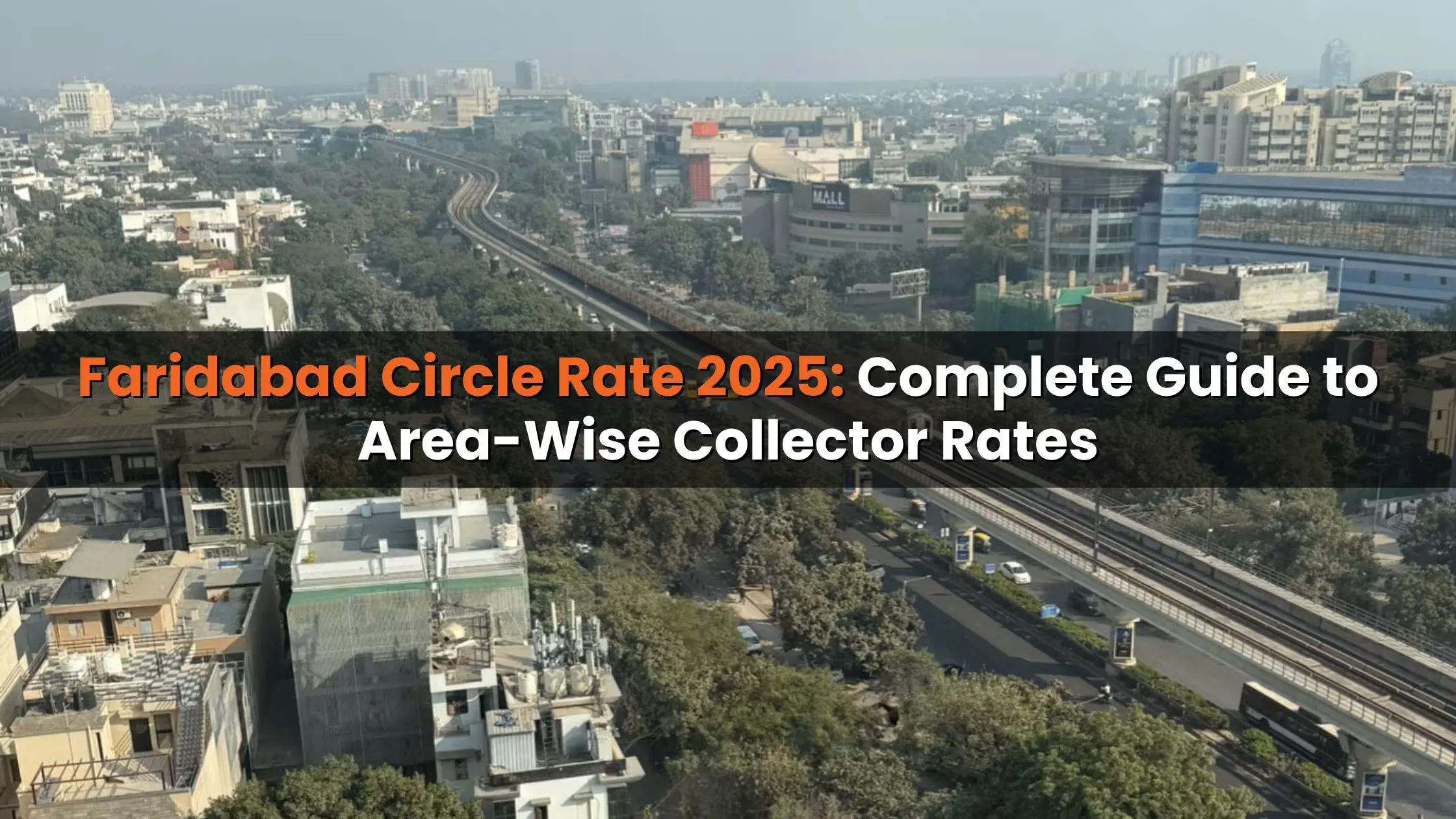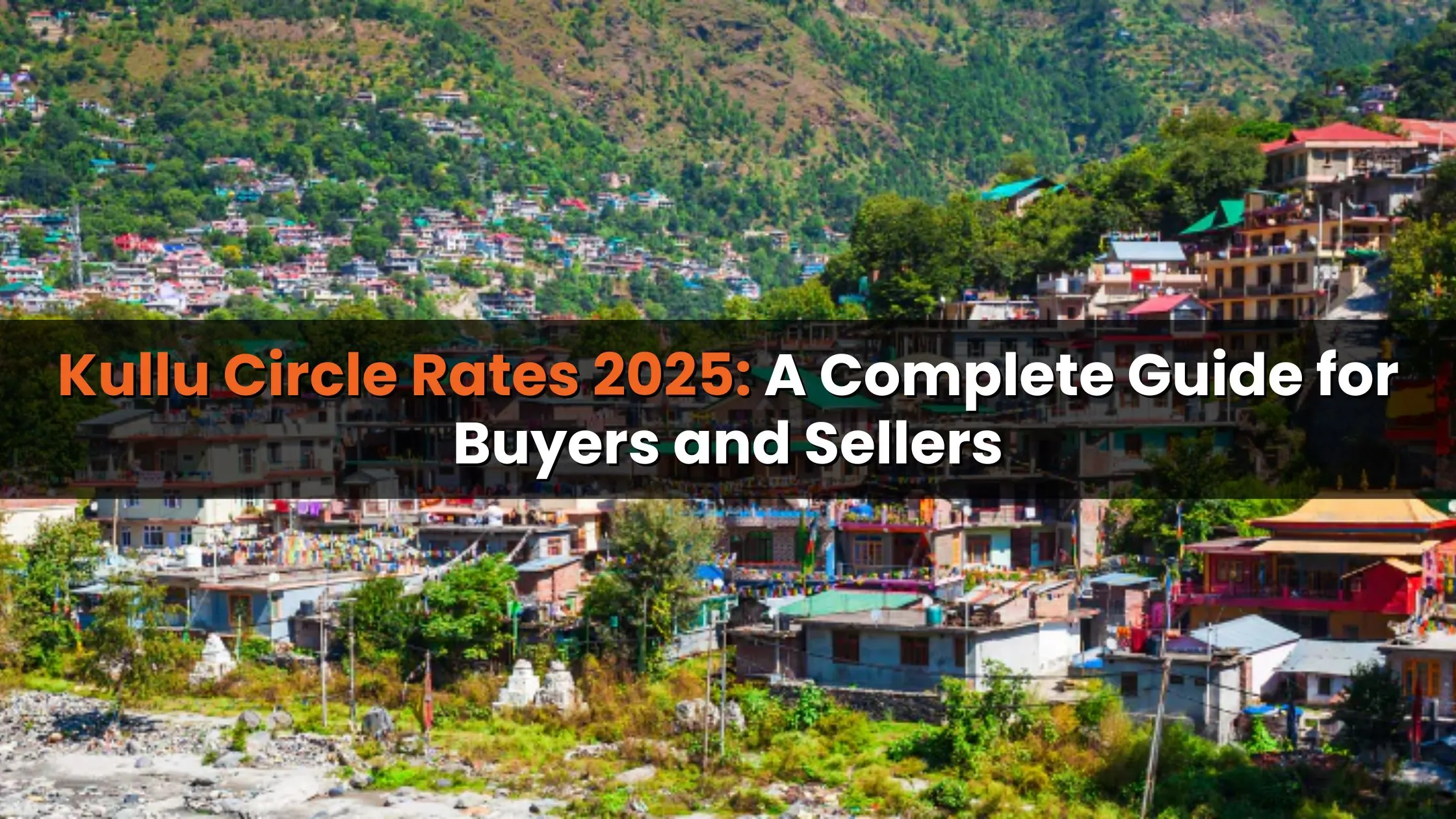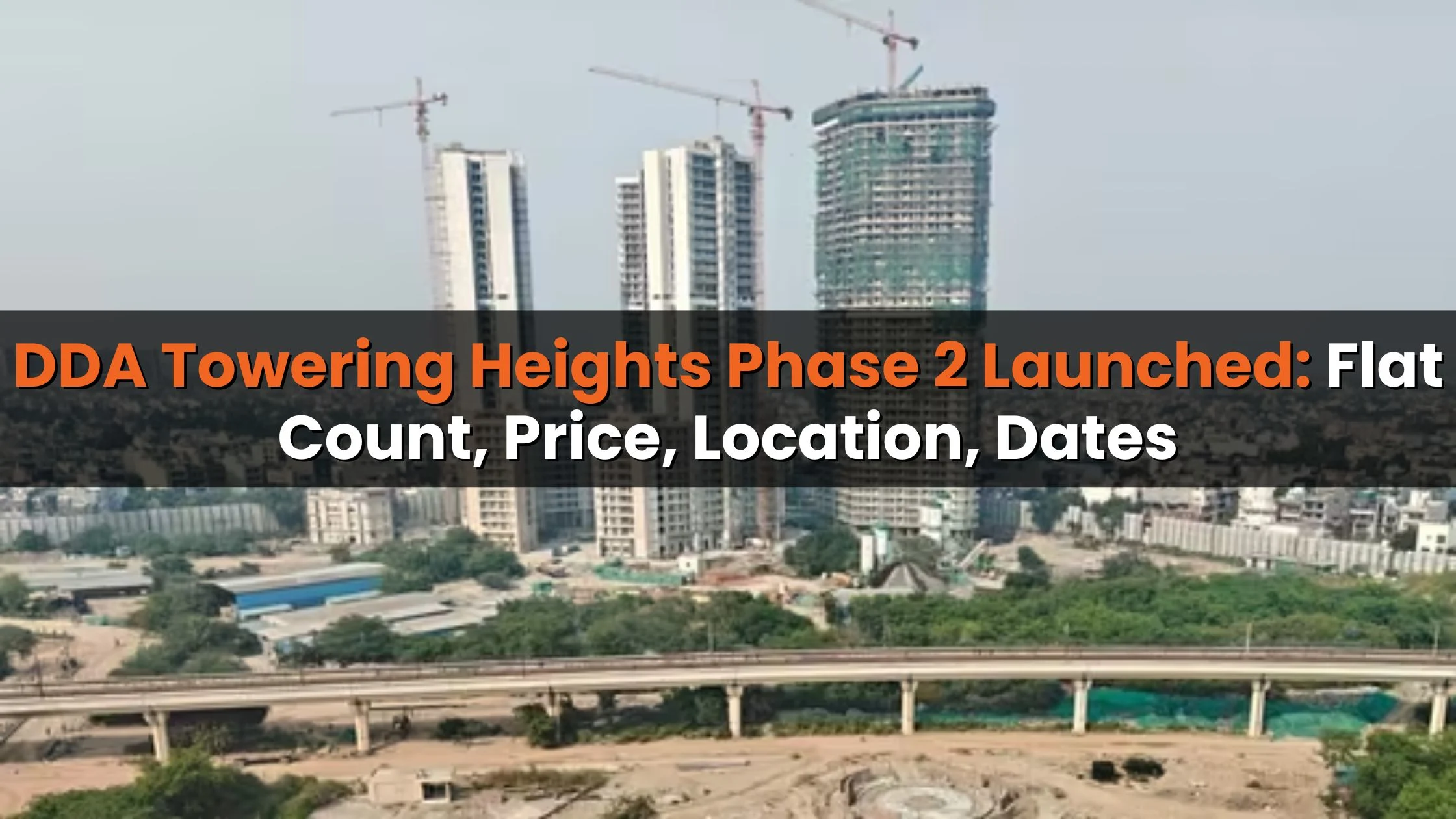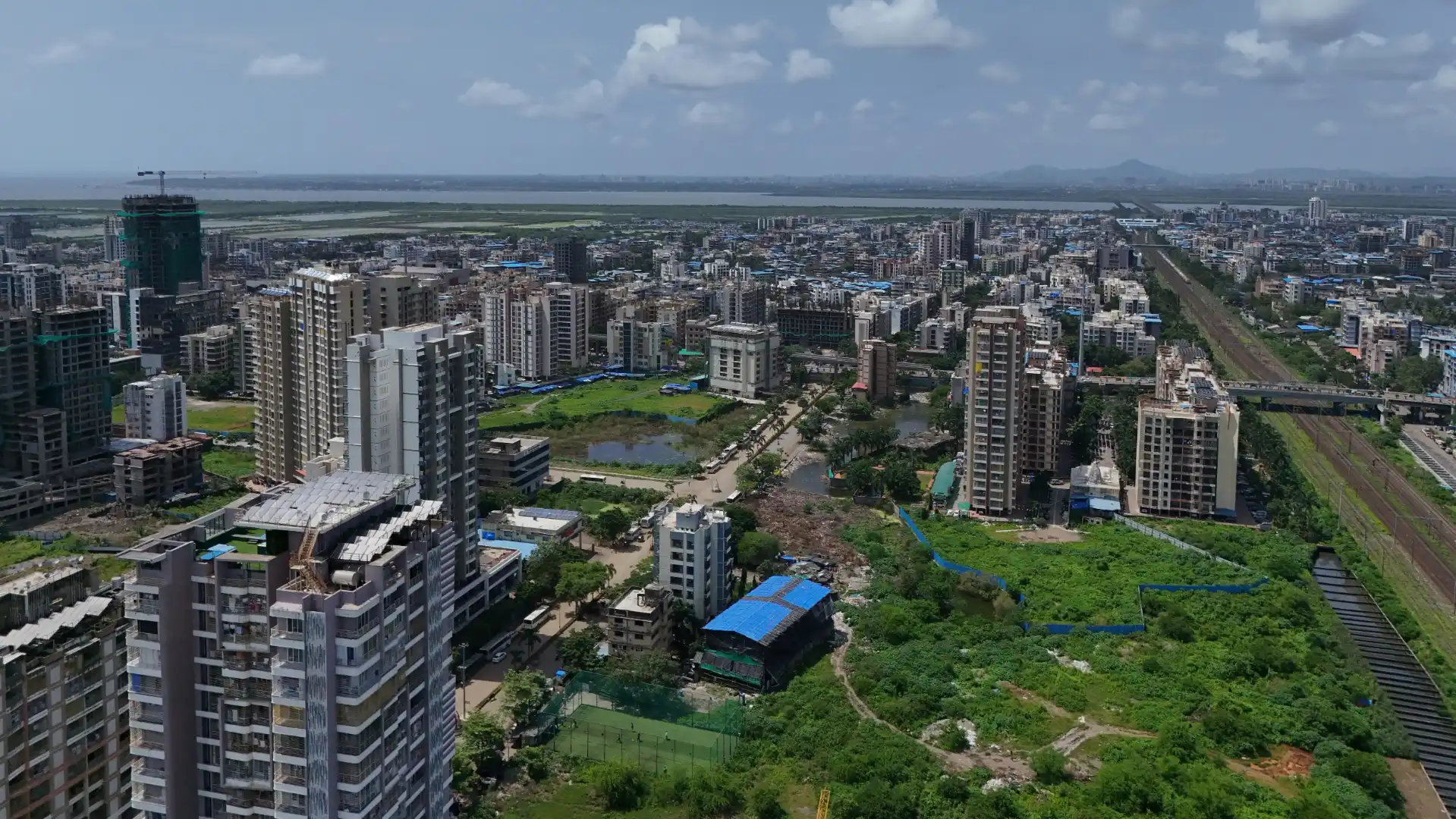Table of Content
- What is Circle Rate Faridabad 2025?
- Key Factors Influencing Circle Rate Faridabad 2025
- How to Check Circle Rates in Faridabad Online
- How to Calculate Property Value Using Circle Rate
- Residential Circle Rates in Faridabad (2025)
- Circle Rate Faridabad 2025 for Licensed Colonies
- Colonies & Local Areas – Snapshot of Rates
- How to Calculate Stamp Duty Using Circle Rate
- Circle Rate vs. Market Rate: What’s the Difference?
- Why Regular Circle Rate Updates Are Important
- Conclusion
If you're planning to buy or sell property in Faridabad, understanding the Circle Rate Faridabad 2025 is essential. Commonly referred to as the collector rate or guidance value, this is the minimum government-assessed price at which a property can be legally registered. These rates, updated by the Haryana government, directly impact stamp duty, registration charges, and taxation liabilities.
This article offers a comprehensive overview of the updated Circle Rate Faridabad 2025, including factors that influence rate changes, how to check them online, and methods to calculate property value.
What is Circle Rate Faridabad 2025?
The Circle Rate Faridabad 2025 is the base rate set by the government for different property types and locations within the city. It acts as the minimum threshold for legal property transactions. Any property registered below this rate is considered undervalued and may attract penalties.
These rates ensure transparency in property transactions and help prevent tax evasion. Updated periodically, they reflect changes in infrastructure, demand, and development across various localities.
Also Read: Everything You Must Know About Chandigarh Circle Rates
Key Factors Influencing Circle Rate Faridabad 2025
Several variables determine the circle rate of a locality:
- Location & Connectivity: Areas near highways, metro stations, and civic amenities usually have higher circle rates.
- Type of Property: Rates differ for residential, commercial, and industrial plots.
- Plot Size: Properties under and over 500 sq. yards may have separate rates.
- Urban Development: Licensed colonies and planned sectors often carry higher rates than informal settlements.
How to Check Circle Rates in Faridabad Online
Follow these steps to check the latest Circle Rate Faridabad 2025:
- Visit the official Faridabad district portal: faridabad.nic.in
- Go to the "Documents" section and click on “Collector Rate.”
- Download the relevant PDF to view area-wise rates for 2024–2025.
How to Calculate Property Value Using Circle Rate
To determine your property’s registration value, use this formula:
Property Value = Built-up Area (in sq. meters) × Circle Rate (per sq. meter)
Example:
For a 100 sq. m property in Sector 14 with a circle rate of ₹55,000/sq. m:
100 x 55,000 = ₹55,00,000
This will be used as the base value for calculating stamp duty and registration charges.
Residential Circle Rates in Faridabad (2025)
|
Sector |
Up to 500 sq. yards |
Above 500 sq. yards |
|
Sector 14 |
₹55,000/sq. m |
₹48,000/sq. m |
|
Sector 16 |
₹46,500/sq. m |
₹44,000/sq. m |
|
Sector 17 |
₹47,500/sq. m |
₹38,500/sq. m |
|
Sector 18 |
₹33,488/sq. m |
₹30,000/sq. m |
|
Sector 21A/B |
₹44,000/sq. m |
₹36,000/sq. m |
|
Sector 28 |
₹44,000/sq. m |
₹33,000/sq. m |
|
Sector 29 |
₹38,000/sq. m |
₹32,000/sq. m |
|
Sector 30 & 31 |
₹37,000/sq. m |
— |
Circle Rate Faridabad 2025 for Licensed Colonies
|
Colony Name |
Circle Rate (per sq. yard) |
|
Durga Builder Colony |
₹28,000 |
|
Indraprastha Colony |
₹33,000 |
|
Gopi Colony |
₹20,000 |
|
Ashoka Enclave |
₹39,000 |
|
Spring Field Colony |
₹33,000 |
|
Sectors 84–90, 97–98 |
₹38,500 |
|
Sectors 79–83 |
₹46,000 |
Colonies & Local Areas – Snapshot of Rates
|
Local Area |
Circle Rate (per sq. yard) |
|
Baba Nagar / Gopi Colony |
₹20,000 |
|
Shastri Colony |
₹22,000 |
|
Shiv Colony |
₹21,000 |
|
Old Faridabad |
₹20,000 |
|
Surya Nagar / Vikas Nagar |
₹25,500 |
How to Calculate Stamp Duty Using Circle Rate
- Find your locality's circle rate.
- Multiply it by the property's built-up area.
- Apply stamp duty (typically 5–7% in Haryana).
- Add registration fees as per local norms.
Pro Tip: Ensure your registration value is not below the circle rate, or it may be rejected or penalised.
Also Read: Guidance Value Karnataka: Understanding Revised Circle Rates Across Cities
Circle Rate vs. Market Rate: What’s the Difference?
- Circle Rate Faridabad 2025: Government-set baseline used for legal registration.
- Market Rate: Actual price at which properties are bought or sold in the open market.
In many developed areas, market rates are significantly higher. However, legal registration must still adhere to the circle rate as the minimum benchmark.
Why Regular Circle Rate Updates Are Important
Periodic revisions help:
- Align official rates with market values
- Ensure fair taxation and
- Promote transparency in property transactions
- Discourage property undervaluation
The updated Circle Rate Faridabad 2025 ensures improved governance and accuracy in property valuations.
Conclusion
Understanding the Circle Rate Faridabad 2025 is a must for property buyers, sellers, and investors in the city. Whether you're investing in residential plots, apartments, or licensed colonies, staying informed about area-wise collector rates can help you plan finances better, avoid legal errors, and ensure fair valuation.
Bookmark the official website and regularly check for updates to ensure a smooth and transparent property registration experience.
Follow AquireAcers Whatsapp Channel to Stay Updated With The Latest Real Estate News













Ans 1. The Circle Rate is the minimum value set by the government for registering property transactions in a specific locality. It is also known as the collector rate or guideline value.
Ans 2. It determines the stamp duty and registration charges payable during property registration. If a property is sold below the circle rate, the government may reject the registration or impose a penalty.
Ans 3. No. Circle Rate is fixed by the government. Market Rate is the actual transaction price, often higher than the circle rate, especially in prime areas.
Ans 4. Circle Rates are typically reviewed annually by the Haryana government, based on market trends and infrastructure development.
Ans 5. Visit the official site faridabad.nic.in, navigate to the Documents > Collector Rate section, and download the PDF for 2024–2025.
Ans 6. The sale may not be registered, or the stamp duty will be calculated based on the circle rate, not your actual transaction value. You may also face tax scrutiny under anti-avoidance provisions.
Ans 7. Yes, in many sectors, larger plots have lower per sq. m rates compared to smaller ones. Always refer to the official rate chart for correct classification.
Ans 8. Yes. Banks often use the circle rate or the market rate, whichever is lower, to determine the loan amount. If your deal is undervalued, your loan amount may be reduced.